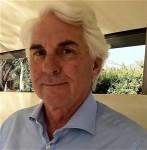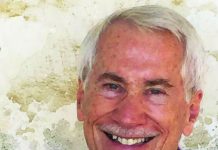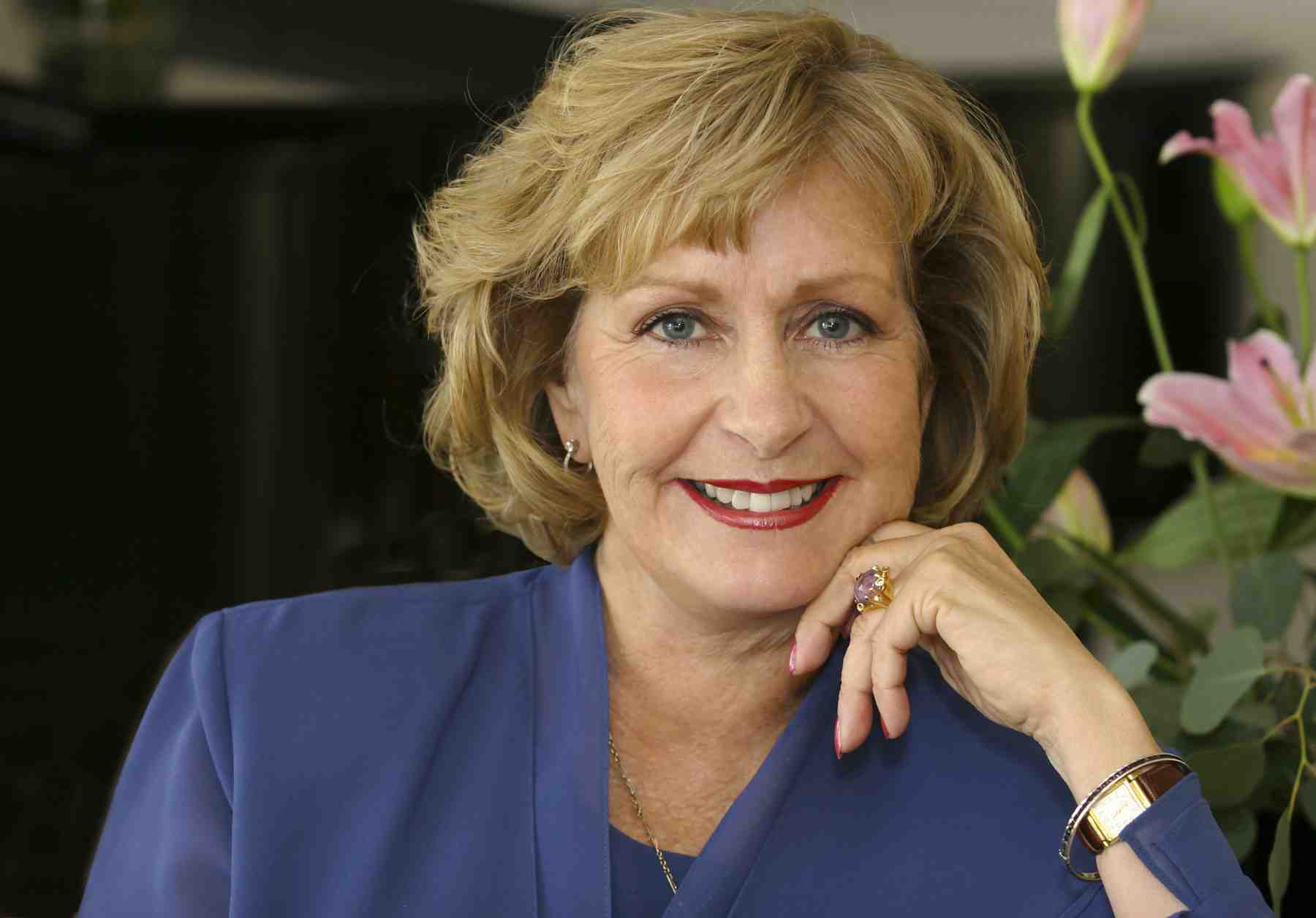Surprises Behind Cuba’s Socialist Curtain

When you enter most undeveloped countries, your bags are checked by rough guards armed with Uzi machine guns. When you enter Cuba, your bags are checked by unarmed, startling young women. Their uniforms are skin-tight, low cut, mini-skirted and complemented by high heels with black-patterned stockings. They smile and say, “Welcome to Cuba.”
Oh, boy.
Cuba is not what you think. There are no homeless, no beggars, no guns, no crime, no starving children, no traffic jams, no advertising signs and no fear of being mugged at 2 a.m. in an alley when returning from a bar in Old Havana.
Drugs of any kind are not tolerated, not even marijuana, and so there are neither drug lords nor drug violence.
Yes, it is a socialist country. But its upside is free or almost-free basic food, milk, housing, utilities, medical care and education; kids must go to school, no exceptions. By Western standards, the gap between rich and poor is tiny.
Cuba’s socialist downside is empty grocery shelves, nonexistent luxury goods and that those connected to government live in grand places they do not own. The cars are ancient. The infrastructure sucks. Electricity can be sporadic, as is the supply of water. The housing stock has not been maintained in decades and buildings are visibly crumbling; two per week collapse in Havana. Ration cards limit what you can buy and the black market is creaky because it is a dictatorship. And you can be thrown into prison for a tiny reason or no reason.
Further, hard work or smart moves cannot make you rich because citizens can own only a few things and a big bank account is not one of them. Other than freighters, there are no boats in the harbor and the ones that are visible belong to the military. They are there to prevent inhabitants from escaping, yet thousands per year try anyway in rickety boats or floats crammed with desperate people yearning for a better promise.
Yet, it is a house of flickering mirrors.
The arts scene is exploding. We were on an official arts and cultural tour. Stunning works and their sheer quantity blew us away. Many of us bought pieces at bargain-low prices.
Then there is the beauty of the people. It is explained by an accident of geography. The powerful gulf stream current flows from west to east. Since the early 1600s, sea captains jumped on it to speed from the New World to the Old. The current originates just west of Havana, so most ships stopped there to provision for trips east. This accident of geography means Havana does not have the usual limited mix of Spanish-African DNA. It means Havana’s mix is a churning cauldron of ethnicities, English, Italian, Portuguese, French, German, Russian, Dutch, Scandinavian and even Asian.
Here is a medical fact: the greatest mix of DNA produces the greatest health, intelligence and physical perfection. And we saw beauty everywhere.
On our tour bus, women who saw some hot guy on the street would almost squeal with delight. Ditto the men, gasping over hot girls. To my eyes, Cubans are the most gorgeous people in the world and exude their sexuality.
The men dress in tight pants and shirts, the girls wear immaculate concoctions and coifed hair.
With communism, the Catholic Church was banned. Now, after more than two generations of Cubans have grown up outside the Judeo-Christian cultural structure, there is no religious and societal overlay of sin, confession, guilt, shame and sexual reluctance. It is the opposite. Sex is a joyous part of life. It is celebrated.
If you are a female tourist and see a gorgeous couple, it is easy to strike up a conversation. Many if not most speak English. Buy them a drink. Laugh. Enjoy. In time, the female may ask if you would like to “borrow” her boyfriend (or her or both) for a few hours. To be sure, it is not free. It is how they make money on the side. But it also is no big thing.
Sex tourism is common. It brings revenue into the country, so the government looks the other way (except for child sex or porn, which is punished severely). It all is part of the underground economy and is how tourists are fleeced everywhere. But in Cuba, there is a big difference. The tourists are not to be harmed, robbed or threatened, ever. That might stop other tourists from coming.
While I was there, the U.S. Government removed Cuba from the U.S. “terror watch list.” Soon the U.S. will recognize Cuba and normalize trade relations. Cuba’s internal rules and regulations are swiftly changing too.
The pace of the change will accelerate. I predict in less than five years, Cuba will replace Miami’s South Beach as the arts, fashion and club scene. It is prettier, sexier and full of breath-taking art. The place boils, seethes and heaves. You can feel it. It is the future.
Michael Ray grew up in Corona del Mar and now lives in Laguna Beach. He makes a living as a real estate entrepreneur and is involved in many non-profits.





[…] Musings on the Coast It is prettier, sexier and full of breath-taking art. The place boils, seethes and heaves. You can feel it. It is the future. Michael Ray grew up in Corona del Mar and now lives in Laguna Beach. He makes a living as a real estate entrepreneur and is … Read more on Laguna Beach Independent Newspaper […]
[…] you Michael Ray. This is my farewell after reading your column, “Surprises Behind Cuba’s Socialist Curtain.” I’m off to Cuba. I bought a 1957 Chevy, waterproofed it into a dinghy and expect to land and […]
[…] glorification and promotion of sex tourism and prostitution in the June 12 column “Surprises Behind Cuba’s Socialist Curtain” is way too […]
[…] you read my last column, you realize Cuba is the opposite. For a tourist, it is completely safe even in the worst […]
[…] you cannot usually look up is what the people are like, so that is what I wrote about, and it starts with their sensuality. Here is what one writer stated in an article in the New […]